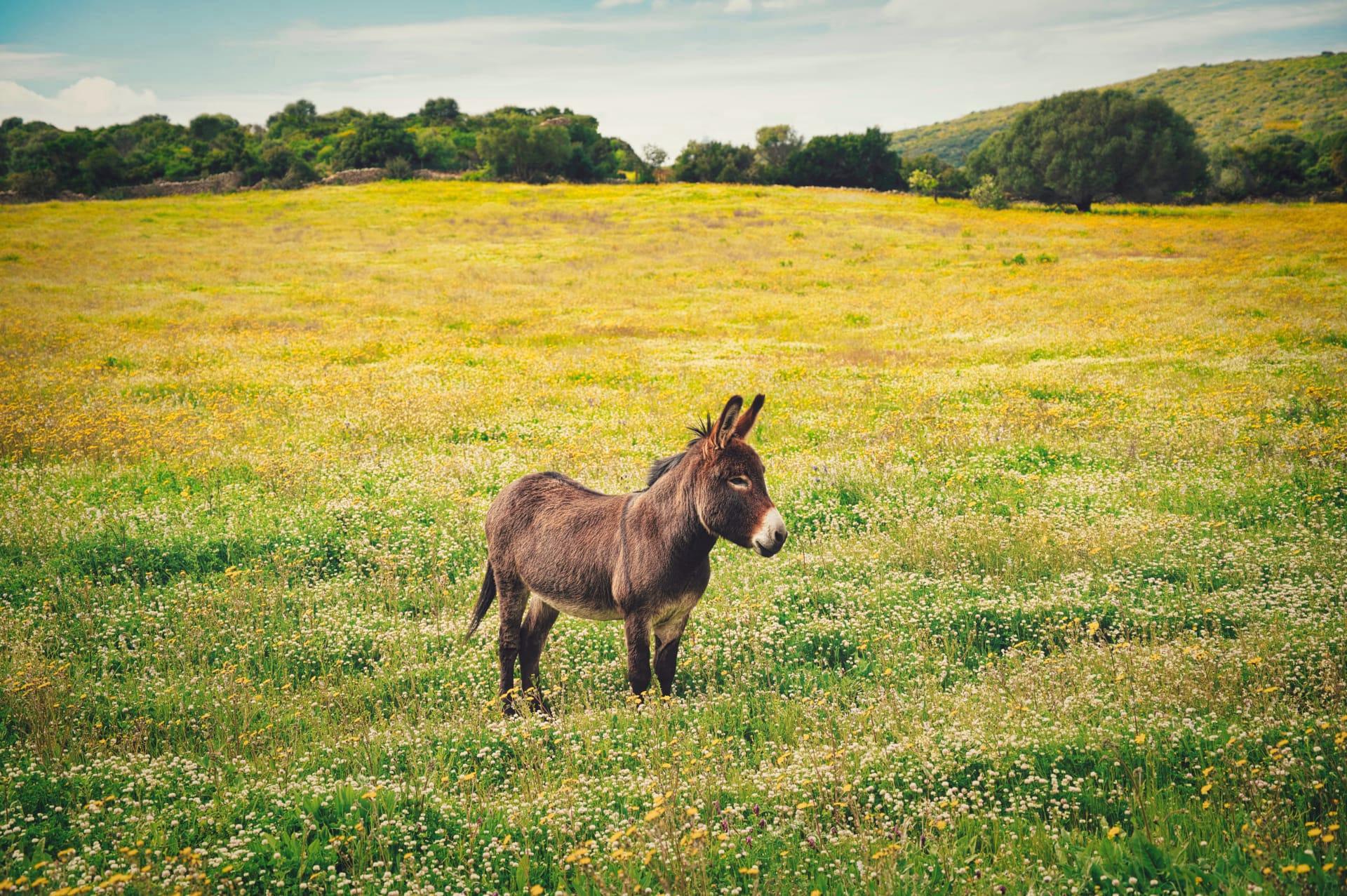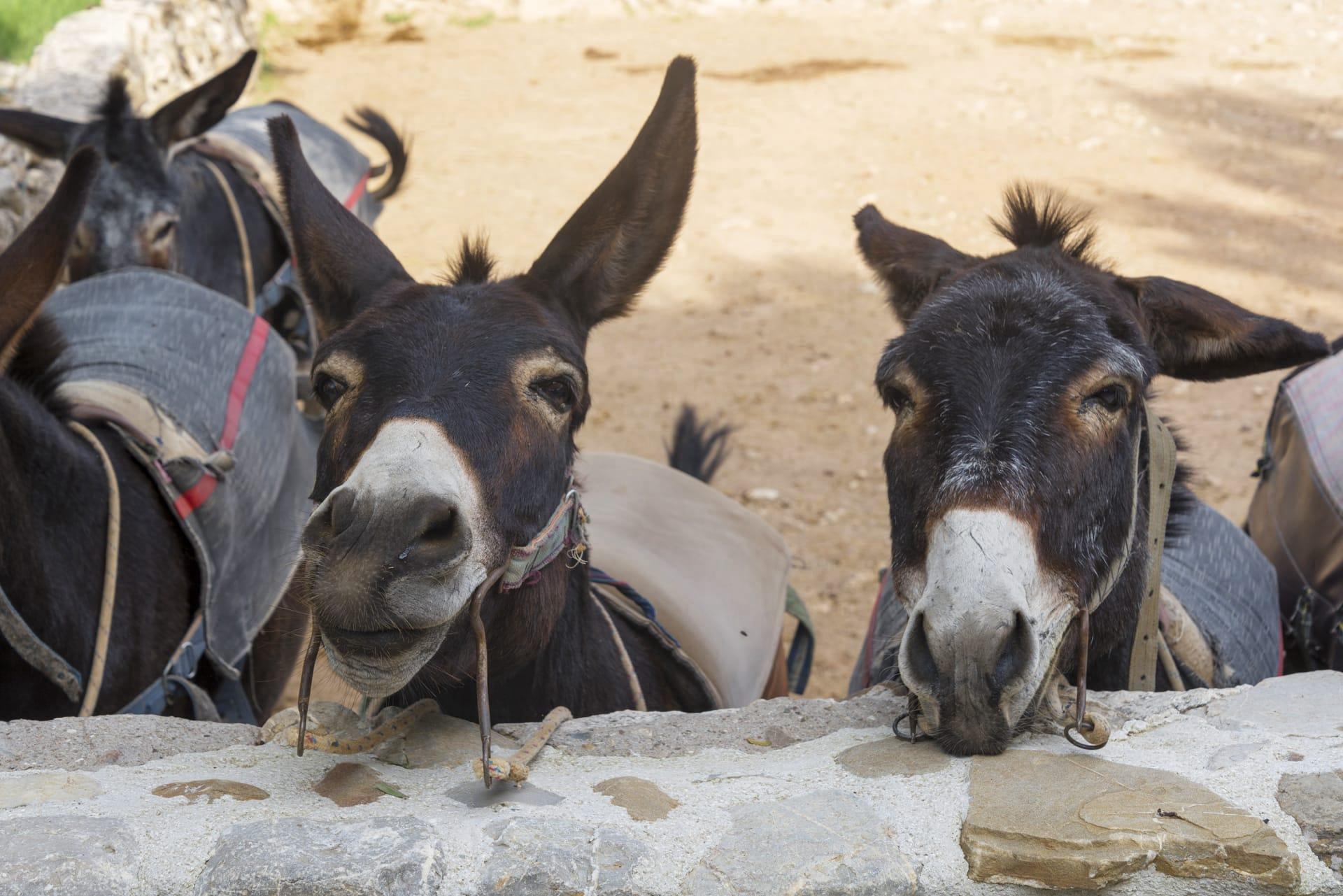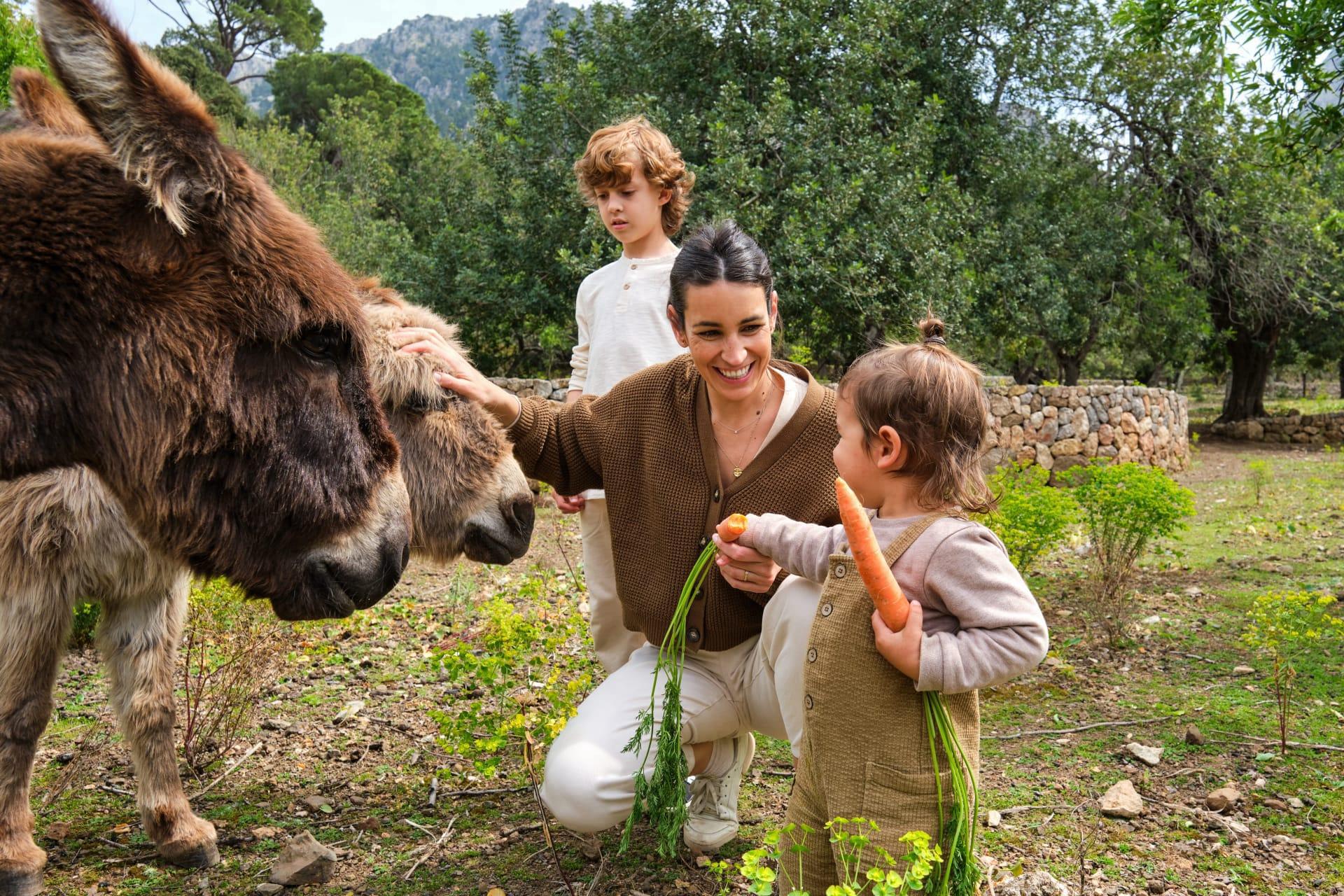Donkey Characteristics
- Home /
- Mini Encyclopedia /
- Animal /
- Donkey Characteristics
1
Donkeys, familiar to many as sturdy, reliable animals, possess unique physical characteristics that set them apart. Typically, an adult donkey stands between 31 to 63 inches at the shoulder and can weigh anywhere from 180 to 1,100 pounds. These measurements, however, can vary greatly among different breeds. Donkeys showcase a wide range of coat colors, including gray, brown, black, and white, often with a characteristic "cross" marking on their back. Their lifespan is another remarkable aspect, as donkeys can live for 25 to 30 years, with some even reaching the age of 40.
The ears of a donkey are perhaps their most distinctive feature, both in form and function. Larger and more elongated than those of horses, donkey ears can reach a length of up to 12 inches. This extraordinary size isn't just for show; it serves several critical functions. Primarily, these large ears help in temperature regulation, as their extensive surface area aids in dissipating heat. Moreover, their heightened auditory sensitivity allows donkeys to hear distant sounds, which is essential for detecting predators and communicating with other donkeys over long distances.

2
Question: Why do donkeys bray?
Answer: The braying of a donkey, often a loud and distinctive 'hee-haw', is a form of communication. This sound serves multiple purposes: it helps in locating other donkeys, establishing social hierarchy, and as a distress call. The intensity and frequency of the bray can vary based on the donkey's situation. For instance, a donkey separated from its herd is likely to bray more loudly and persistently. This vocalization can carry over considerable distances, allowing donkeys to communicate across the expansive terrains they often inhabit.

3
Donkeys are known for their steady and enduring physical movement. Unlike horses, donkeys have a more cautious and measured pace, making them well-suited for rugged terrain. They possess great endurance, capable of carrying heavy loads over long distances. This ability is enhanced by their strong and sturdy hooves, adapted for stability and resilience in varied environments.
In terms of feeding habits, donkeys are herbivores with a diet primarily consisting of grasses, although they can consume a variety of vegetation. They are efficient feeders and can survive in conditions with limited forage. Unlike many animals, donkeys chew their food thoroughly, aiding digestion. This efficient feeding strategy, coupled with their ability to extract moisture from food, allows them to thrive in arid environments where other animals might struggle.

4
Donkeys are versatile animals, able to adapt to various environments, though they originally hail from arid and semi-arid regions. They can be found in diverse habitats, including deserts, savannahs, and mountainous areas. Their adaptability to different climates and terrains has been a key factor in their domestication and widespread use across the world.
Reproduction in donkeys follows a seasonal pattern, with breeding typically occurring in warmer months. A female donkey, or jenny, has a gestation period of approximately 12 months, resulting in the birth of a single foal. Twins are rare and often result in complications. The social structure of donkeys during breeding is generally loose, with males, or jacks, seeking out females when they are in estrus. After birth, the foals are highly precocious, able to stand and walk within a short period, which is crucial for survival in the wild.

5
Book: "The Donkey Companion" by Sue Weaver offers a comprehensive guide to owning and caring for donkeys. Published in the United States in the early 2000s, this book covers a range of topics from donkey breeds and their history to practical advice on feeding, grooming, and health care. Weaver's approachable style makes the book accessible to both new and experienced donkey owners.
Book: "Donkeys: Miniature, Standard, and Mammoth: A Veterinary Guide for Owners and Breeders" by Stephen Purdy, hailing from the United States and published in the 2010s, focuses on the health and veterinary care of donkeys. This book, written by an experienced veterinarian, offers insights into various aspects of donkey health, including nutrition, dental care, and common diseases. It's a valuable resource for those looking to understand the medical needs of these animals better.